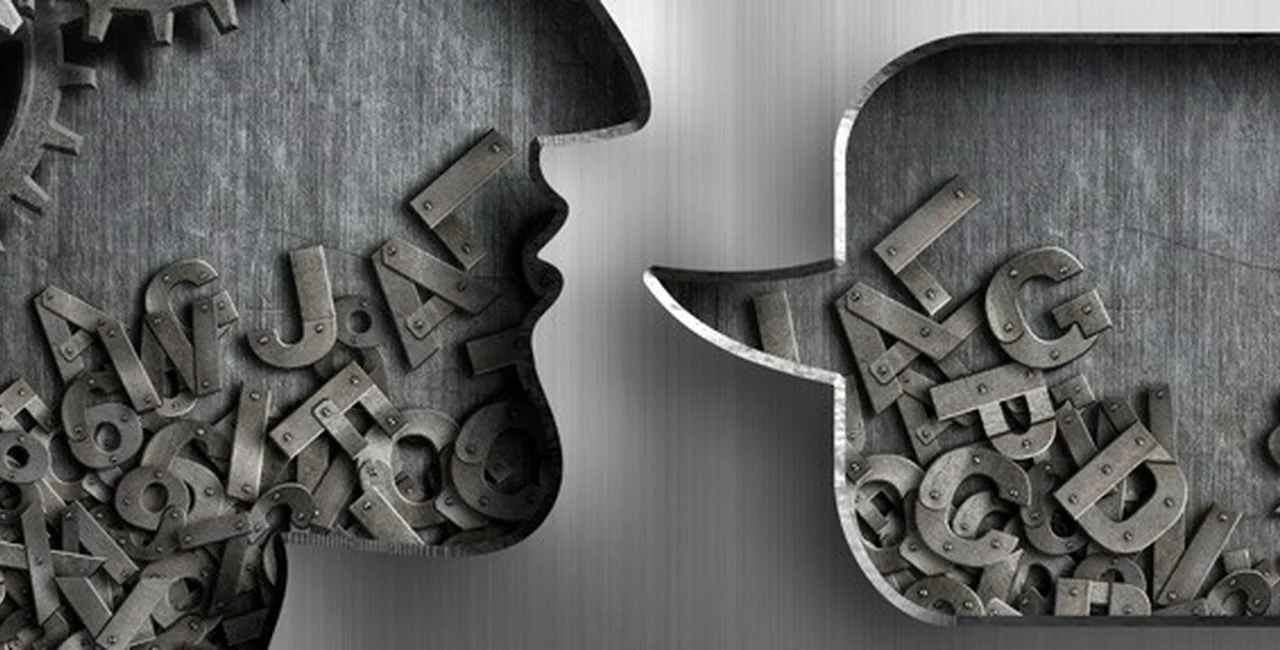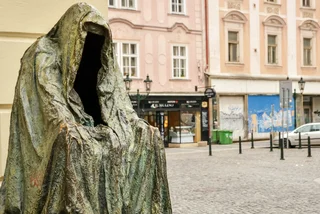The ancestors of the Czechs arrived 1500 years ago. They came from the Black Sea and Carpathian, bringing Slavic language and pagan religion with them. Because they were illiterate, their beliefs and culture are shrouded in mystery.
“Let us not not dwell on the history of a people whose recollections are lost in the forgetfulness of centuries,” said the chronicler Gallus Anonymous. “And whom mistaken idolatry has condemned.” But the first chapter in Czech history shaped what came after. The footprints of the early Slavs are visible in every part of Czech culture. If we look carefully we can still see them.
Christianity
Have you ever seen a shrine by a Czech country road? These little monuments are the descendents of pagan spirit houses, which were built for the souls of the dead. Slavic pagans cremated corpses in order to free the soul from the body, so that the spirit could travel into the afterlife. But what if the soul became tired on her journey? The chronicler Cosmas says that Czech pagans “set up shelters at the junction between two or three roads for the comfort of spirits.”
The devil seems to pop up everywhere in Czech culture, from children´s stories to curse words. But Lucifer wasn´t the beginning. Slav pagans believed that the land was haunted by malevolent demons who could ruin crops, cause bad weather or kill the unsuspecting. In fact, historians believe that demons and wicked spirits were more important to the Slav religion than gods. But how to we know that the modern devil is culturally related to the ancient demons? Well it´s all in the word. “Čert” (devil) hails from the ancient Slav “czart,” the name of a malevolent pagan demon who haunted bogs and springs.
What about the odd Easter custom of hitting young women´s´ legs with a braided twig whip (pomlázka)? If you´re thinking that that doesn´t sound very Christian you‘re right; this pagan custom derived from Spring Equinox festivities. The beating probably represented symbolic purification; in Poland and some parts of the Czech Republic girls are doused with water instead.
Customs and festivals
In some parts of the Czech Republic an ancient custom called ‘the drowning of death´ heralds the end of winter. Villagers take a straw mannequin dressed in rags to a river and throw it in, symbolizing the death of winter and rebirth of spring. Variations occur across Eastern Europe, so this must have been an important religious ritual used by all the Slavic tribes. Modern historians think that the ritual may have originally involved human sacrifice.
Czechs celebrate the shortest night of the year, the 24th June, with bonfires and dancing, a tradition which goes back many centuries. According to the Hustyn Chronicle, their ancestors also celebrated.
In the evening the simple folk gather together and plait wreaths of poisonous plants or roots and girding themselves with flowers they light a fire. Elsewhere they erect a green branch and dance around it, singing their songs… then they jump through the fire, in the manner of offering themselves to the demon.
In the dark ages a straw effigy was burned, a blazing wheel, representing the solar system, was pushed down a hill, and festivities ended in orgiastic excesses. Modern celebrations tend to be tamer.
Myths
The ancient Slavs´ fear of water-dwelling spirits and demons is still visible in Czech folk culture. Vodník, the Czech´s favourite bugaboo, lives in ponds and stores the souls of his drowned victims in porcelain cups. Vodník appears in various guises in Russian, Ukrainian, Serbian, Bulgarian, Slovak and Polish folklore and is almost certainly a later incarnation of a pagan demon. Vodník thrived alongside Christianity for many centuries; peasants made sacrifices to the water spirit into the nineteenth century.
Rusalka, the heroin of Antonín Dvořák´s famous opera, is another descendent of pagan water spirits. In Slav mythology rusalki are female ghosts, mermaids or water-demons who haunted lonely lakes or rivers. Rusalki are particularly Christianized versions of water demons; they were believed to be the souls of unbaptized children, suicides or unwed mothers who died in childbirth, living in a state of purgatory.
Divination
Have you ever noticed that a lot of Czech traditions involve fortunetelling? For instance, at Christmas the future is read with molten metal, apples and blossom branches. Modern Czechs may have inherited the taste from their ancient Slav ancestors, who were enthusiastic diviners. “They often make sacrifices,” said Procopius. “And at the same time as they sacrifice they predict the future.” Historians say that divination was an important religious practice, and would often be combined with gifts to the gods.












 Reading time: 3 minutes
Reading time: 3 minutes 






















